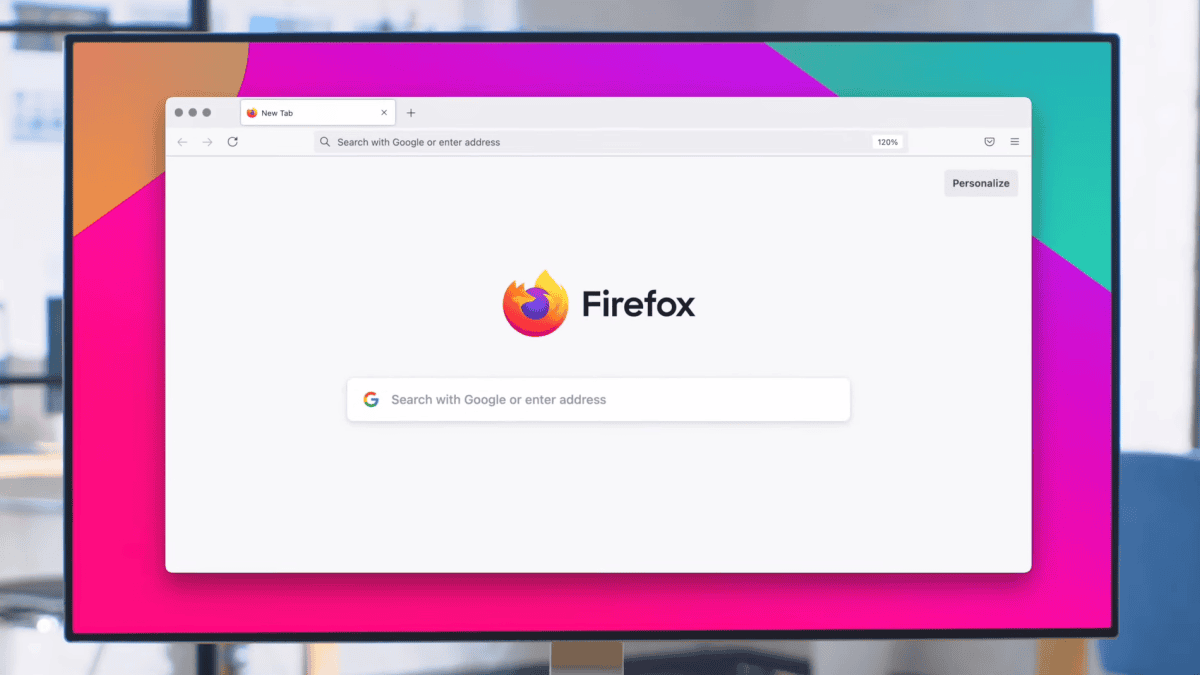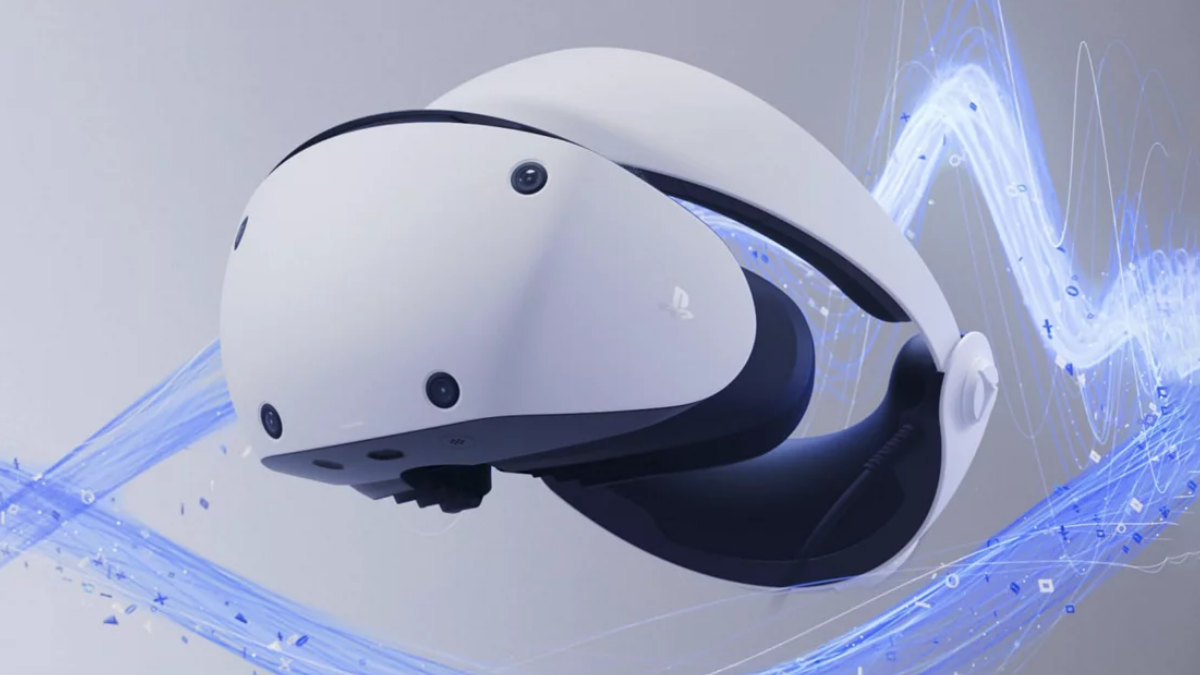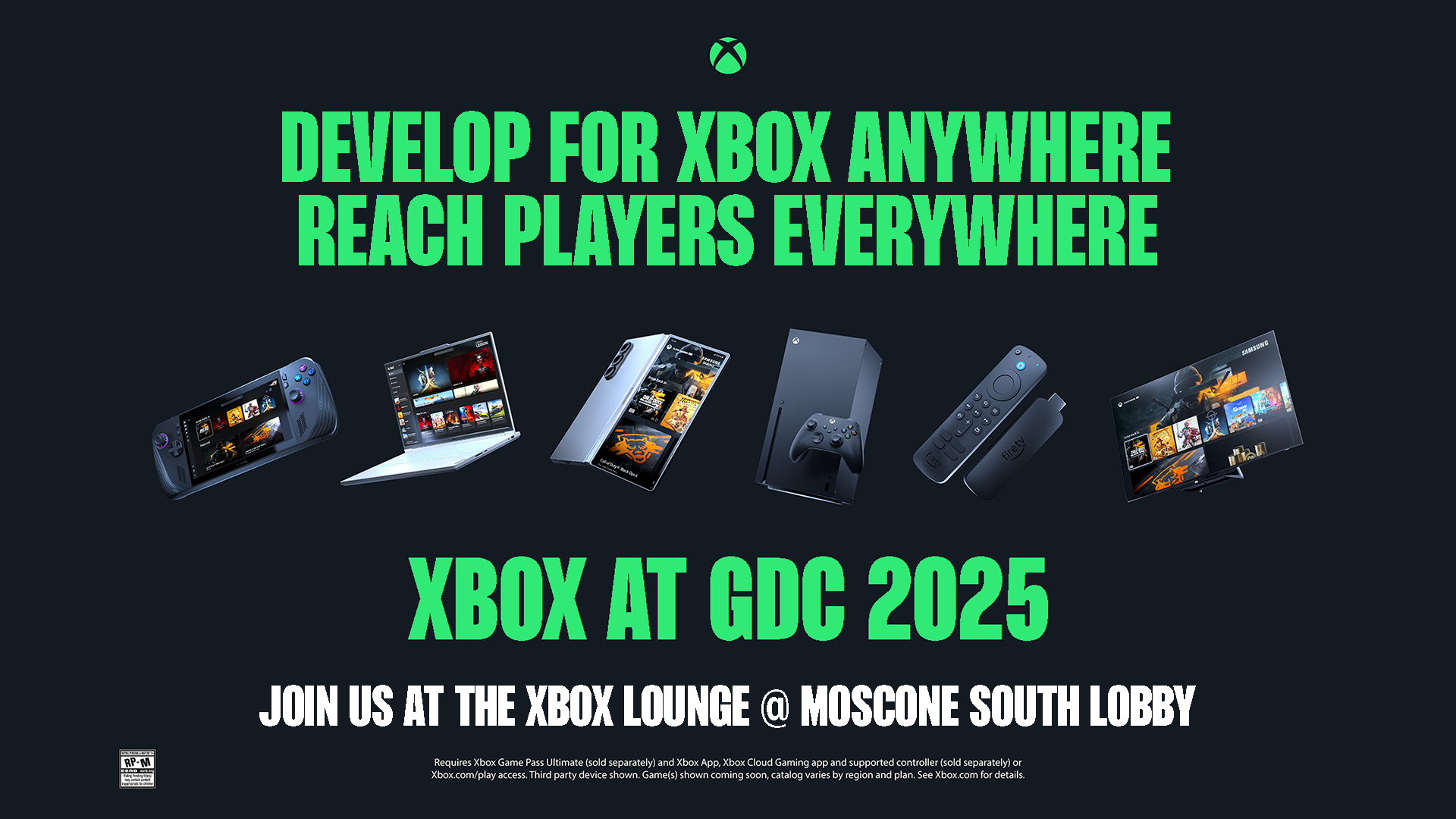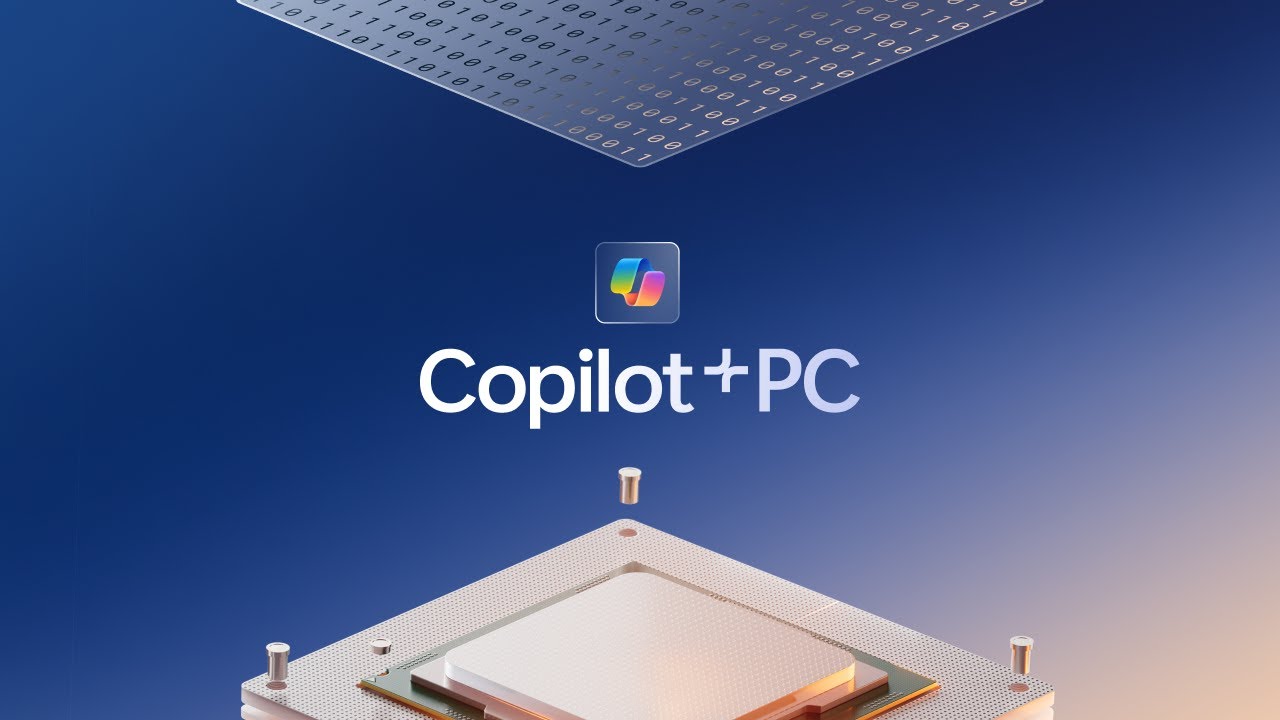Nvidia graphic cards continue to dominate gaming market, recent Steam survey reveals
It's that time of the month.
2 min. read
Published on
Read our disclosure page to find out how can you help MSPoweruser sustain the editorial team Read more
Key notes
- Nvidia dominates with at least 78% of Steam users opting for its graphics cards for March 2024.
- Windows 10 remains the top OS on Steam, with 54.40% usage, surpassing Windows 11’s 41.61%.
- Despite stopping support for Windows 7 & 8, Steam still has a small Windows 8 player base, decreasing over time.

Steam has just recently announced its monthly Hardware & Software Survey. The popular game distributor reveals a few interesting data: the dominance of Nvidia shows up once again in the past month (March 2024).
The tech giant, who’d recently unified its popular Nvidia Control Panel, GeForce Experience, and RTX Experience apps into one, racked up at least a total of 78% of total Steam users that used its graphics cards. Nvidia GeForce RTX 3060 for mid-range leads the pack with a total of 6.92% share, followed by RTX 2060 with 4.10%, and then the entry-level GTX 1650 with 4.07%.
That’s pretty much a surprising number considering that the newer RTX 4060 GPUs dropped last summer.
Meanwhile, Windows 10 remains the most popular operating system on Steam, even more used than the new Windows 11 despite Microsoft focusing on gaming for Windows 11. A respectable 54.40% of total Steam users are still using Windows 10 64-bit, followed by Windows 11 64-bit at 41.61%. The years-long trend still continues even longer.
But interestingly, Steam, which had announced that it stopped supporting Windows 7 & Windows 8 earlier this year, still has a tiny bit of a Windows 8 player base. It makes up about 0.08% of the entire group, but the number keeps dropping after the announcement.
Every month, Steam collects data of what are the most popular GPUs, operating systems, monitors, hard drives, physical CPUs, RAMs, and even VR headsets that its gamers use.









User forum
0 messages